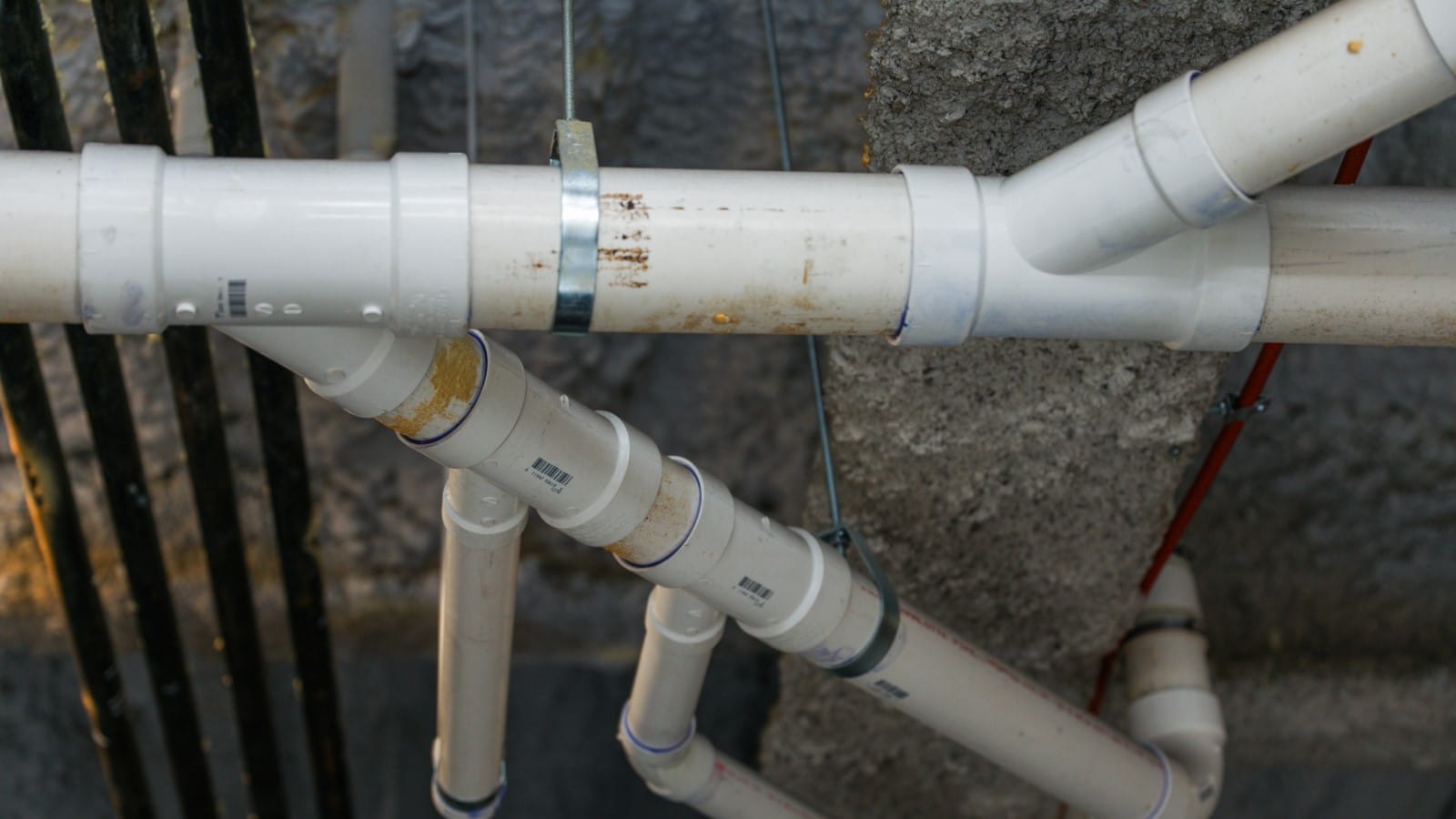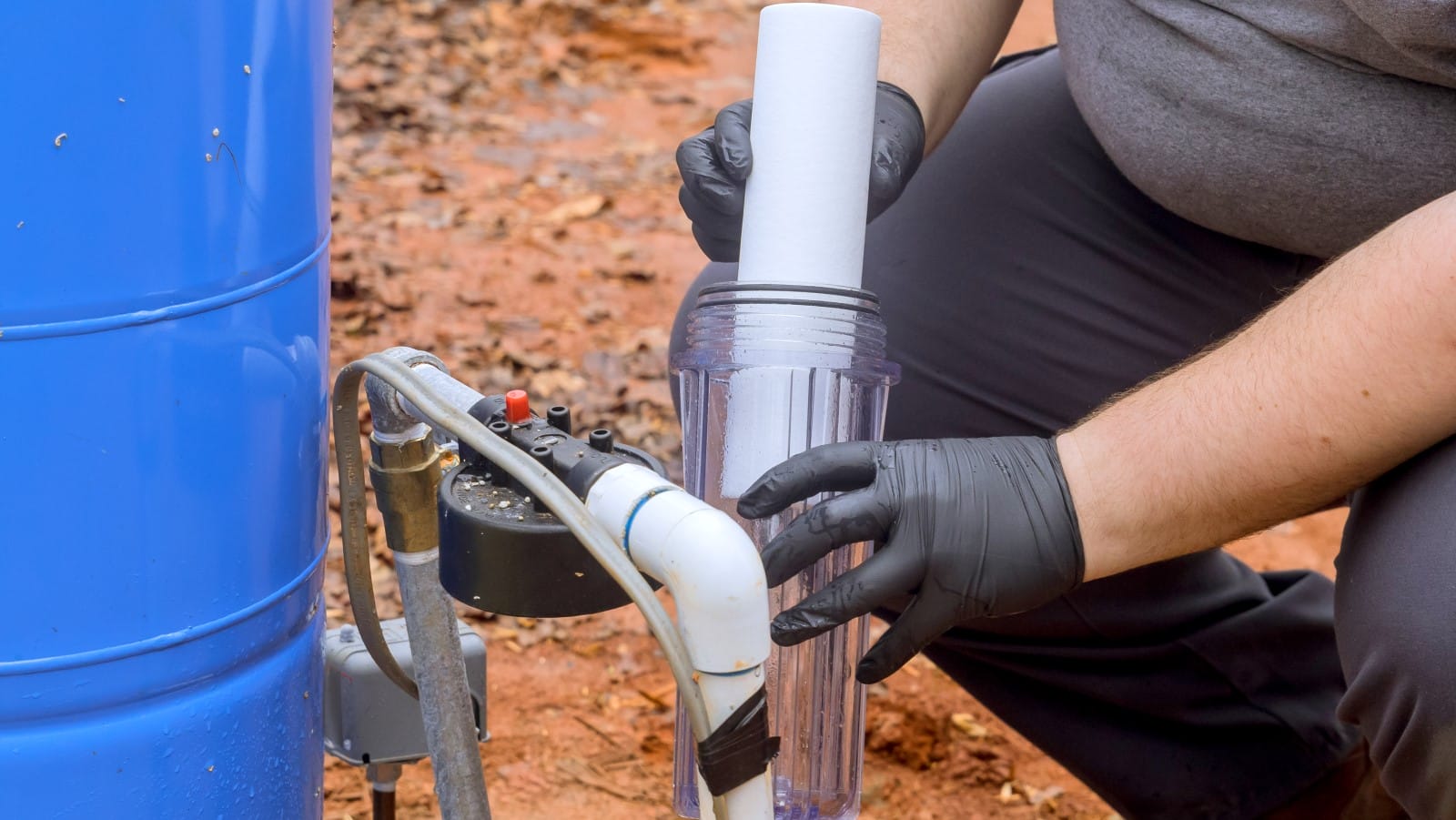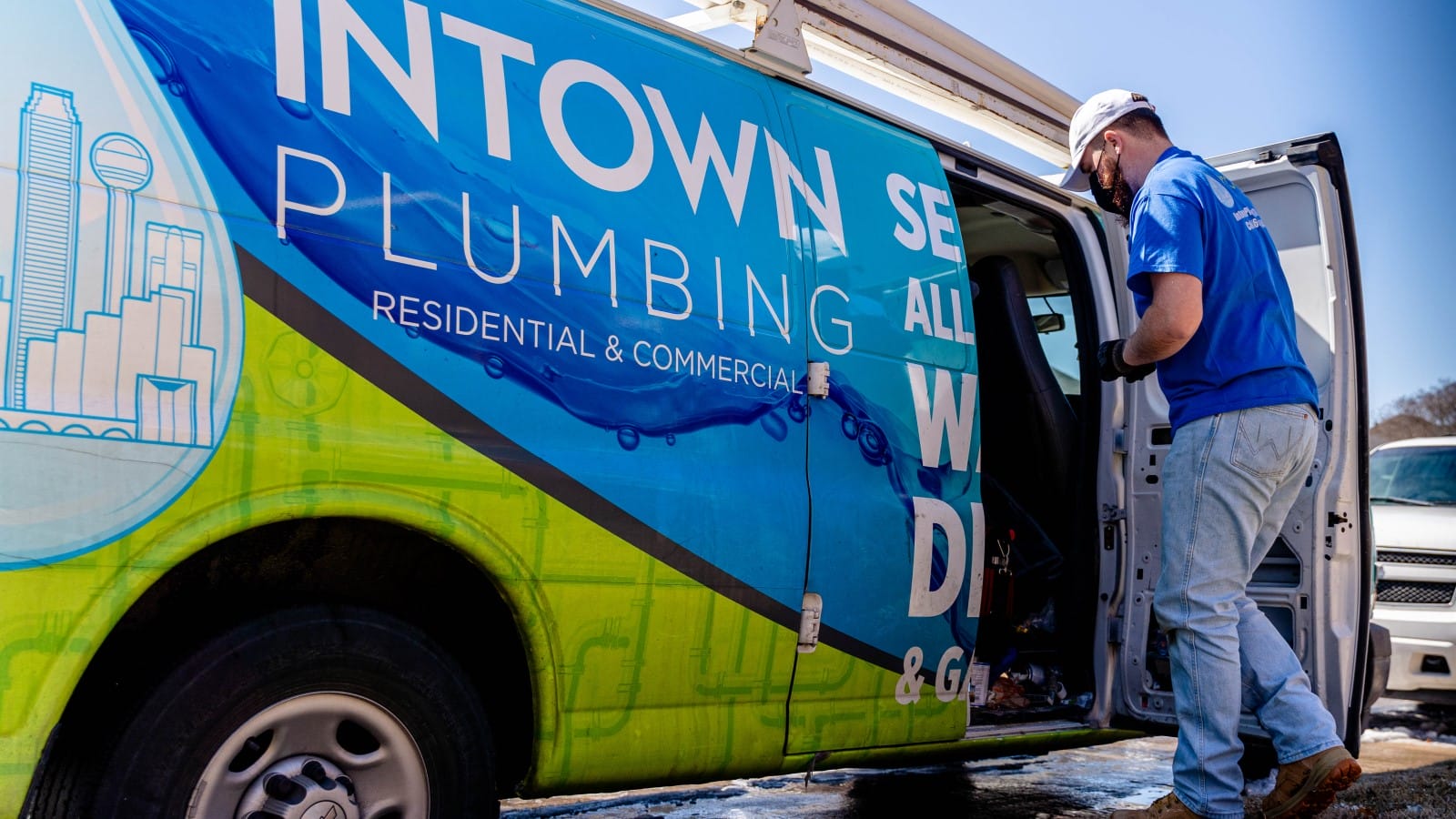Starting a plumbing project or planning a system upgrade? The choice of materials can significantly influence not only the cost and efficiency but also the environmental impact and health safety of your home and each option comes with its own set of benefits and considerations.
What You Will Find Out
- Material Comparisons: Detailed insights into the properties of plumbing supplies.
- Health and Environmental Impact: How each material affects your surroundings and well-being.
- Cost-Effectiveness and Installation: Analysis of long-term savings and ease of installation for each option.
Let’s explore the essential characteristics, applications, and impacts of these popular plumbing choices to determine which material best suits your home improvement goals.
Copper: The Reliable Pipe Classic
History and Properties
Copper has been a trusted material in home plumbing for decades due to its durability and resistance to corrosion. Ideal for water supply lines, copper provides a high-quality option that homeowners prefer for its longevity.
Why Choose Copper?
- Durability: Resists corrosion and lasts longer than other materials.
- Water Quality: Does not release harmful substances into the water.
Considerations
- Cost: Generally more expensive than alternatives.
- Installation: Requires soldering and can be more labor-intensive.
PVC: Versatile and Cost-Effective
Overview and Uses
Polyvinyl Chloride (PVC) pipes are widely used for waste lines and irrigation due to their low cost, chemical resistance, and easy installation.
Advantages
- Cost-Effectiveness: Less expensive, both in terms of material and labor costs.
- Chemical Resistance: Ideal for sanitary and waste pipes exposed to harsh substances.
Drawbacks
- Temperature Sensitivity: Can deform under hot water applications, limiting its use.
PEX: The Flexible Alternative
Introduction
Cross-linked Polyethylene (PEX) has gained popularity in residential plumbing for its flexibility, ease of installation, and good resistance to temperature variations.
Benefits
- Flexibility: Can bend around corners, reducing the need for fittings and potential leaks.
- Heat Resistance: Suitable for hot and cold water applications.
Limitations
- UV Sensitivity: Cannot be used where it will be exposed to sunlight.
- Permeability: Certain types can be permeable to substances from the surrounding soil.
Comparative Analysis: Cost, Performance, and Suitability
- Initial and Long-Term Costs: Copper is more expensive initially but may offer savings over time due to less frequent repairs.
- Installation Complexity: PEX is the easiest to install, followed by PVC, with copper being the most labor-intensive.
- Suitability for Various Applications: Copper is preferred for longevity, PEX for ease and flexibility, and PVC for cost-effectiveness and resistance to chemicals.
Environmental Impact and Health Considerations
When selecting materials, the environmental impacts and potential health implications are crucial considerations:
- Copper is durable and recyclable, reducing its environmental footprint, despite the high energy costs and environmental degradation involved in its production. It offers a safe water supply option as it doesn’t leach harmful substances but can contribute to lead leaching from old joints when corroded.
- PVC, while cost-effective and chemically resistant, poses significant environmental and health risks. Its production involves toxic chemicals like vinyl chloride and it is challenging to recycle, often ending up in landfills. Health concerns also arise from potential chemical leaching into drinking water.
- PEX offers a more energy-efficient manufacturing process compared to copper and does not leach significant chemicals like BPA, making it a safer choice for water supply lines. However, there are concerns about its potential to leach other chemicals like MTBE and VOCs. It’s flexibility reduces installation waste and it’s highly durable, though it’s not currently recyclable.
These materials should be chosen based on specific project needs, local environmental regulations, and health standards to ensure safety and sustainability.
Choosing the Right Plumbing Supplies
Choosing the right plumbing material involves balancing cost, functionality, and future maintenance. Whether you opt for the traditional durability of copper, the cost-effectiveness of PVC, or the versatility of PEX, understanding each material’s properties and applications is key to a successful plumbing solution.
Intown Plumbing is Here to Help!
Our licensed plumbers possess the expertise to guide you in selecting the most suitable plumbing materials for your project. We offer comprehensive plumbing services, from installations and repairs to maintenance and consultations.
Ready to discuss your plumbing needs and get a free quote? Contact Intown Plumbing today!Visit us at https://intownplumbingtx.com/contact/ or give us a call to schedule a consultation. We’re committed to providing top-notch plumbing solutions that meet your needs and budget.





